 In new DARPA project, researchers exploit the latest in silicon electronics to invent an implanted brain-interface device that could transform how artificial systems enhance brain functions.
In new DARPA project, researchers exploit the latest in silicon electronics to invent an implanted brain-interface device that could transform how artificial systems enhance brain functions.
Jul 10th, 2017
Read more
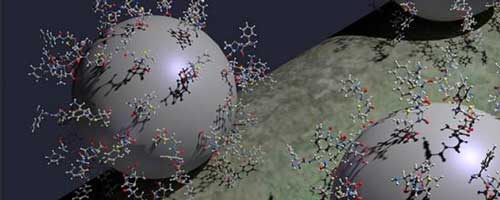 A new report shows that silver-silica nanoparticles with an ampicillin coating are safe for human cells and lethal to antibiotic-resistant microorganisms.
A new report shows that silver-silica nanoparticles with an ampicillin coating are safe for human cells and lethal to antibiotic-resistant microorganisms.
Jul 10th, 2017
Read more
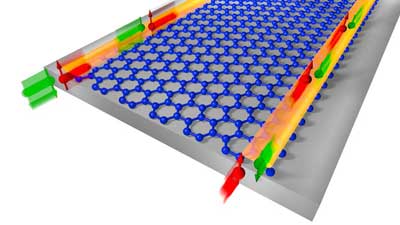 The promising new material is ultra-thin, electrically conducting at the edge and highly insulating within - and all that at room temperature.
The promising new material is ultra-thin, electrically conducting at the edge and highly insulating within - and all that at room temperature.
Jul 10th, 2017
Read more
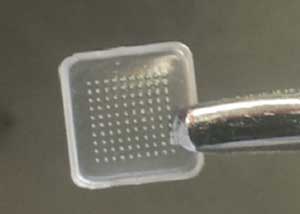 Scientists have demonstrated the utility of dissolving microneedle arrays designs for the lymph node delivery of amphiphilic vaccines released upon skin insertion.
Scientists have demonstrated the utility of dissolving microneedle arrays designs for the lymph node delivery of amphiphilic vaccines released upon skin insertion.
Jul 9th, 2017
Read more
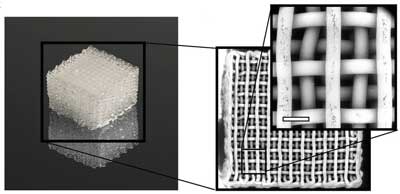 Researchers have developed a method of 3D-printing silica suspensions that are subsequently densified into transparent silica glass.
Researchers have developed a method of 3D-printing silica suspensions that are subsequently densified into transparent silica glass.
Jul 9th, 2017
Read more
Researchers are working with a smart polymer that changes color and activates natural antimicrobial enzymes when bacterial contamination is detected.
Jul 9th, 2017
Read more
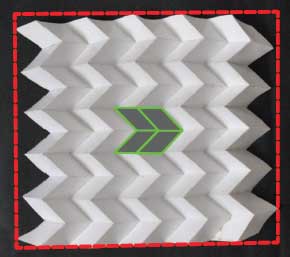 Scientists have combined experiments and simulations to demonstrate that origami metamaterials provide a new platform for the design of systems with a wide range of coefficients of thermal expansion.
Scientists have combined experiments and simulations to demonstrate that origami metamaterials provide a new platform for the design of systems with a wide range of coefficients of thermal expansion.
Jul 8th, 2017
Read more
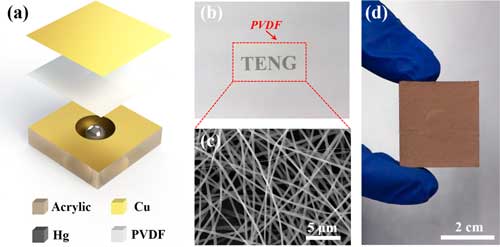 Researchers have demonstrated a self-powered acceleration sensor based on liquid metal triboelectric nanogenerator, which was composed of an inner liquid metal droplet (mercury) and an outer acrylic shell.
Researchers have demonstrated a self-powered acceleration sensor based on liquid metal triboelectric nanogenerator, which was composed of an inner liquid metal droplet (mercury) and an outer acrylic shell.
Jul 8th, 2017
Read more
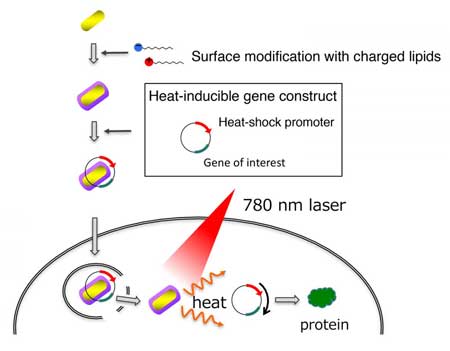 Researchers have developed a new method that modifies the surface of nanorods, making them more efficient in transporting cancer-killing genes into cells.
Researchers have developed a new method that modifies the surface of nanorods, making them more efficient in transporting cancer-killing genes into cells.
Jul 8th, 2017
Read more
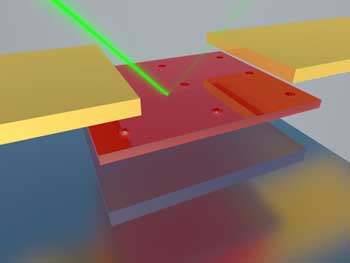 In a nanoscale photodetector that combines a unique fabrication method and light-trapping structures, a team of engineers has overcome obstacles to increasing performance in optoelectronic devices - like camera sensors or solar cells - without adding bulk.
In a nanoscale photodetector that combines a unique fabrication method and light-trapping structures, a team of engineers has overcome obstacles to increasing performance in optoelectronic devices - like camera sensors or solar cells - without adding bulk.
Jul 8th, 2017
Read more
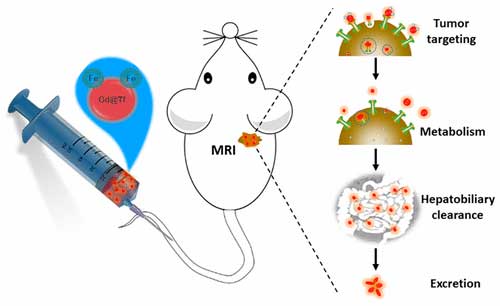 Researchers have designed a human protein-based, tumor-targeting magnetic resonance imaging (MRI) contrast that can be easily cleared by the body.
Researchers have designed a human protein-based, tumor-targeting magnetic resonance imaging (MRI) contrast that can be easily cleared by the body.
Jul 8th, 2017
Read more
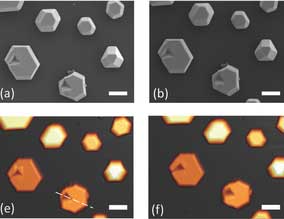 Achieved through defects-mediated diffusion in the particle, the discovery could one day lead to development of micro- and nano-robots capable of self-repair; mechanically stable and damage-tolerant components and devices; and targeted drug delivery.
Achieved through defects-mediated diffusion in the particle, the discovery could one day lead to development of micro- and nano-robots capable of self-repair; mechanically stable and damage-tolerant components and devices; and targeted drug delivery.
Jul 8th, 2017
Read more
 Researchers have employed a novel nanoscale fibrous system that can measure the tiny forces exerted by and upon individual cells with extreme precision.
Researchers have employed a novel nanoscale fibrous system that can measure the tiny forces exerted by and upon individual cells with extreme precision.
Jul 7th, 2017
Read more
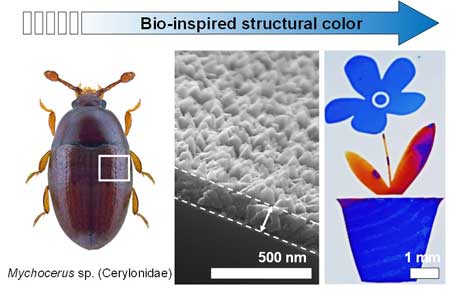 Scientists have successfully developed a new and cost-effective method for obtaining biomimetic structural colors with the ability to finely tune the completed structures.
Scientists have successfully developed a new and cost-effective method for obtaining biomimetic structural colors with the ability to finely tune the completed structures.
Jul 7th, 2017
Read more
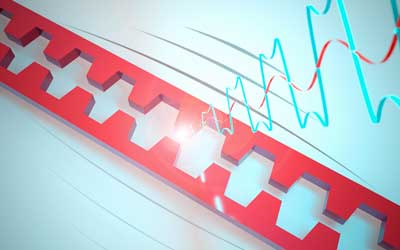 Researchers demonstrate record strong conversion of motion into light.
Researchers demonstrate record strong conversion of motion into light.
Jul 7th, 2017
Read more
 Researchers have combined novel nanowires with a high-quality interface to other required materials on a chip. This allows for bullet-like collisionless quantum transport of charges through the nanowires: a requirement for larger-scale Majorana-based experiment.
Researchers have combined novel nanowires with a high-quality interface to other required materials on a chip. This allows for bullet-like collisionless quantum transport of charges through the nanowires: a requirement for larger-scale Majorana-based experiment.
Jul 7th, 2017
Read more
 In new DARPA project, researchers exploit the latest in silicon electronics to invent an implanted brain-interface device that could transform how artificial systems enhance brain functions.
In new DARPA project, researchers exploit the latest in silicon electronics to invent an implanted brain-interface device that could transform how artificial systems enhance brain functions.














 Subscribe to our Nanotechnology News feed
Subscribe to our Nanotechnology News feed